Cats can develop strange habits that leave us feeling perplexed. One such strange behavior is vertical peeing. Cats can start to pee vertically for a variety of reasons. Sometimes, it has to do with marking their territory, while other times, it may indicate the presence of a medical issue.
Peeing on vertical surfaces may signal sexual maturity in a growing kitten, or it could indicate that there are cats or other animals nearby that are making your cat feel threatened. The solution could be neutering, buying a larger litter box, or helping your cat feel less stressed.
If your cat is suddenly peeing in a strange position, it’s best to first consult your veterinarian. Changes in your cat’s bathroom habits often indicate an underlying health condition, so it’s important to provide your cat with medical attention as soon as possible.
What to Do if Your Cat Is a Vertical Pee-er
Dealing with litter box issues is often challenging, and may involve making some changes to keep your litter box area clean and reduce messes and odors in your home. Here are some things to try out if your cat is a vertical pee-er.
1. Schedule a Vet Appointment
Before you make any changes to your home, schedule an appointment with your veterinarian. Sometimes, health or behavioral issues can cause cats to change their positions when they urinate. For example, your cat may pee vertically if they are experiencing difficulty urinating due to a problem with the bladder or urethra, or even because of an injury on one of their limbs that makes it difficult to get into the right position.
Your veterinarian can complete a physical exam and conduct diagnostic tests to see if any medical issues might be causing your cat to pee differently.
If your cat has not been spayed or neutered, this is something to discuss with your veterinarian. It’s common for unneutered male cats to develop a habit of urine marking around the house, and females can do this too. They engage in this habit to mark their territory and ensure their surroundings have their familiar scent. Neutering may reduce this behavior and keep your cat from peeing outside of the litter box.

If you need to speak with a vet but can’t get to one, head over to PangoVet. It’s an online service where you can talk to a vet online and get the personalized advice you need for your pet — all at an affordable price!
2. Change Your Cat Litter
Some cats can be picky about their cat litter. Cats have sensitive paw pads that house large concentrations of nerve receptors. When they step on cat litter that feels too coarse, they may resort to urinating in different positions in order to feel more comfortable.
You can try switching to softer varieties like clay cat litter. There are also some cat litter options that are specifically formulated for cats with sensitive paws. These types of cat litter may help your cat urinate in a more comfortable position.
3. Use a Covered or High-Walled Litter Box
If your cat is healthy and continues to pee vertically, you may need to resort to using a covered litter box. Covered litter boxes can help prevent splashes and spills. When shopping for a covered litter box, make sure to choose one that has a large entrance that’s easy for cats to enter and exit, and plenty of ventilation. It should also be made with high-quality, non-porous material. Litter boxes made with low-grade plastic can snap and break easily, and they tend to absorb odors. This makes them continue to smell even after you’ve just washed them.
Consider a top entry box to reduce litter tracking, or a tall tray for cats that don’t like an enclosed box.
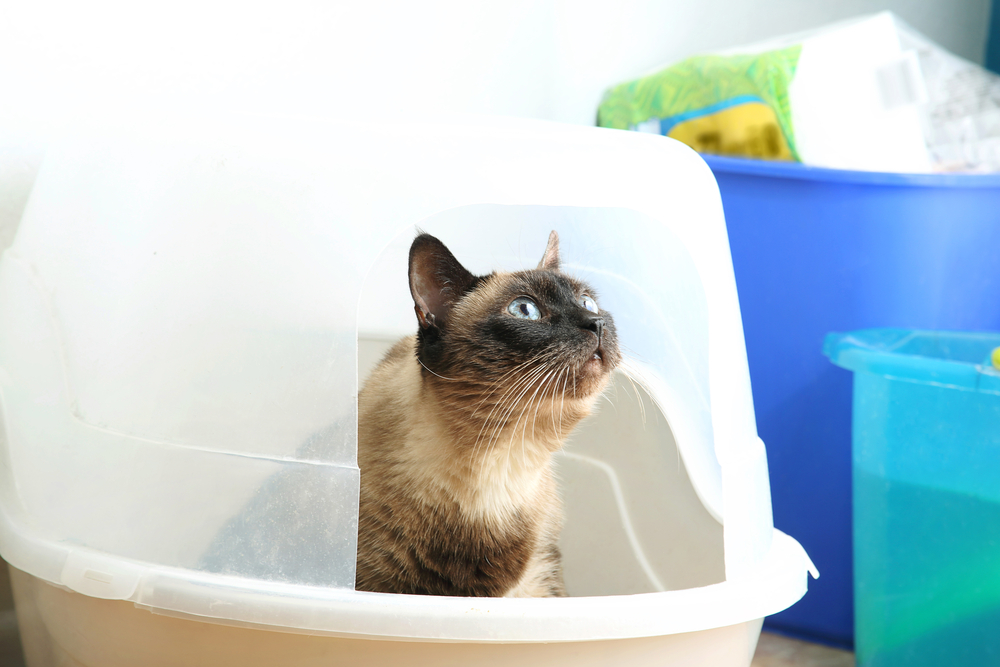
4. Add More Litter Boxes
Sometimes, cats will feel the need to urine mark when they’re living with other cats. They may start to spray outside the litter box as a means of claiming the litter box as their own and preventing other cats from using it.
As a general rule of thumb, a house should have one litter box for every cat, plus one extra. For example, if you have three cats, it’s recommended to have at least four litter boxes. Adding more litter boxes can help reduce competition, which in turn can reduce urine marking.
5. Clean Out the Litter Box More Frequently
Cats don’t like dirty litter boxes, and it’s common for them to start changing their litter box habits if their litter boxes are unclean. Therefore, unclean litter boxes can cause cats to change their positions when they pee.
Cat litter should be scooped daily, the whole box cleaned out once a week, and then deep-cleaned once a month. Maintaining a clean litter box is essential to support your cat’s urinary health and can help prevent litter box issues and urinary health complications.
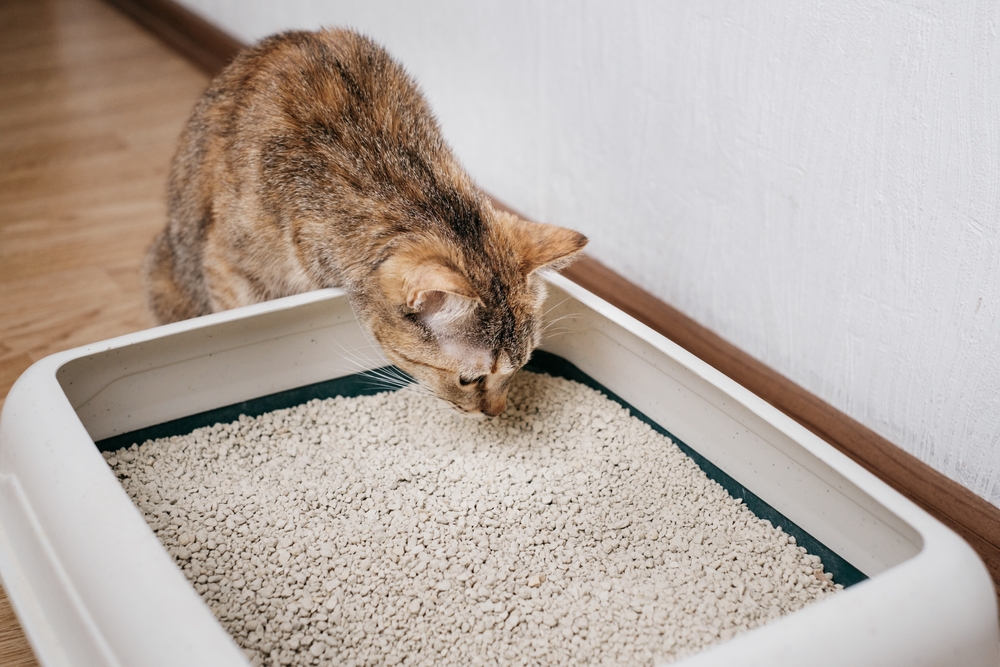
6. De-Stress the Environment
If you have multiple pets, or there have been any changes inside or outside your home, your cat could be dealing with their stress in the best way they know how. Marking their territory by peeing on vertical surfaces might be unpleasant for us, but it helps your cat feel safer as it surrounds them with their own scent, and tells other cats or animals to respect their territory.
If you think stress could be the trigger for your cat’s vertical peeing, make sure they have plenty of safe places to hide, and use pheromone diffusers or calming sprays to help them feel more at ease.
7. Use The Right Cleaner
The first thing we reach for when our cats have peed outside their litter box is some cleaning equipment, but you need to use the right one. Regular household cleaners often won’t completely remove the urine smell, so your cat will be more inclined to pee in the same area. You will need a cleaner that neutralizes the odor in order to eliminate the mess and the pheromones. Look for products like enzymatic pet stain-removing products that are specifically designed to tackle this type of mess.
Our Favorite Enzyme Cleaner
The Hepper Advanced Bio-Enzyme Pet Stain & Odor Eliminator Spray is our favorite enzyme cleaner out there. It permanently removes even the very worst kitty stains and smells, leaving your home fresh and clean! Click here to learn more about this amazing product and get yourself a bottle.
- ADVANCED ENZYMATIC CLEANER - Penetrates the most stubborn smells and stains at the deepest molecular...
- FOR ANY MESS, ON ANY SURFACE - This pet odor eliminator cleans your carpets, floors, furniture,...
- FRESH, NATURAL ODOR - Our unique formulation doesn't rely on dangerous or unpleasant chemical...
At Catster, we’ve admired Hepper for many years, and decided to take a controlling ownership interest so that we could benefit from the outstanding products of this cool cat company!
 Conclusion
Conclusion
If your cat starts to pee vertically, make sure to visit your veterinarian for a check-up. If your veterinarian rules out any medical causes, it’s likely you’ll have to make adjustments to your cat’s litter box to prevent splashes and messes. You can change the type of litter box and cat litter you use. You may even have to add more or clean your litter box more frequently. Lastly, make sure to have a good enzymatic cleaner on hand so that you can prevent messes and odors from overtaking your house as you come up with an effective litter box configuration.
Featured Image Credit: Helen Liam, Shutterstock

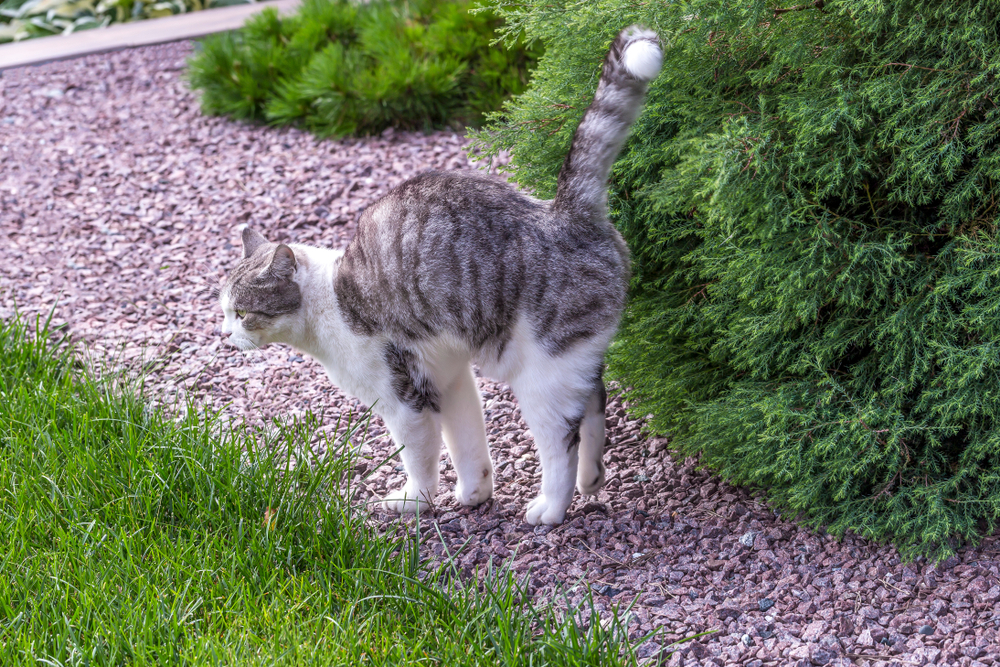
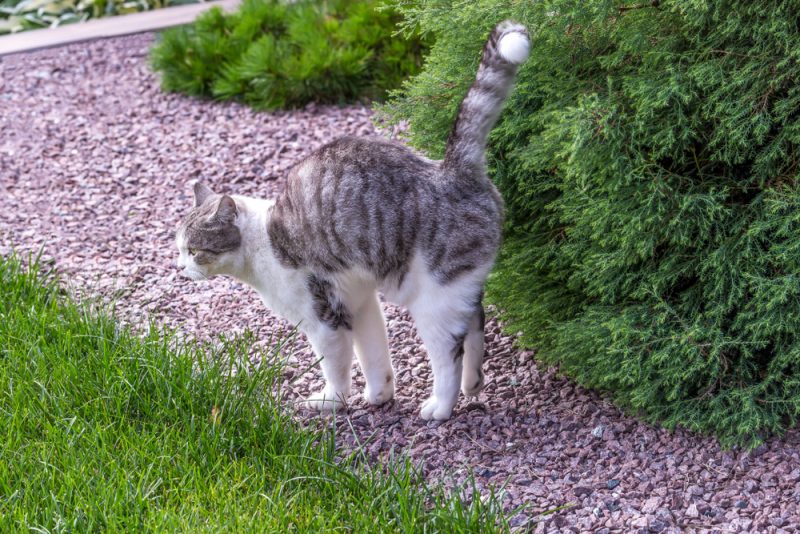



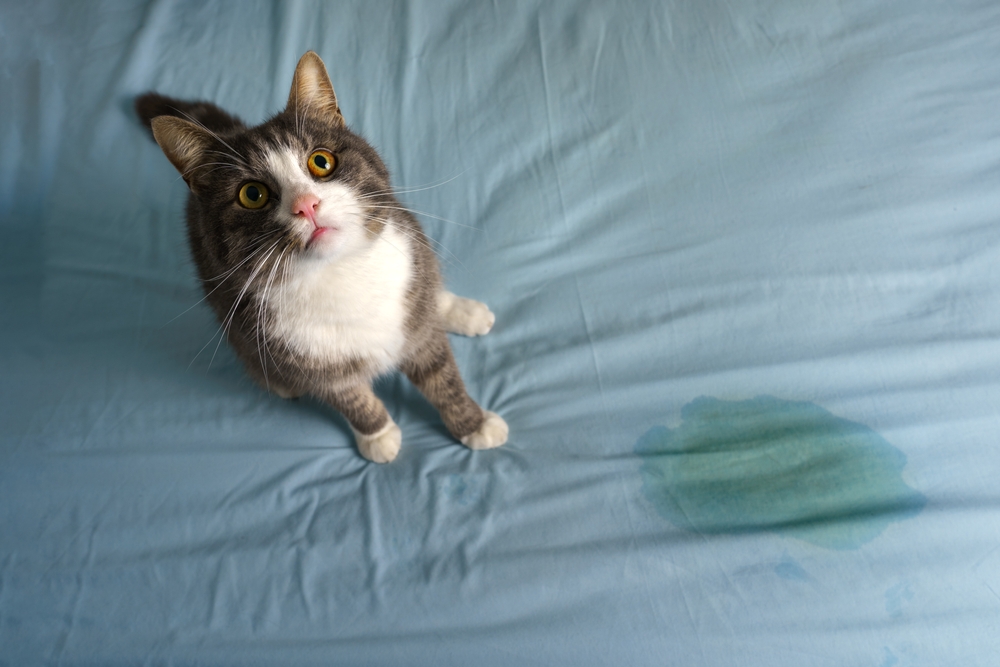
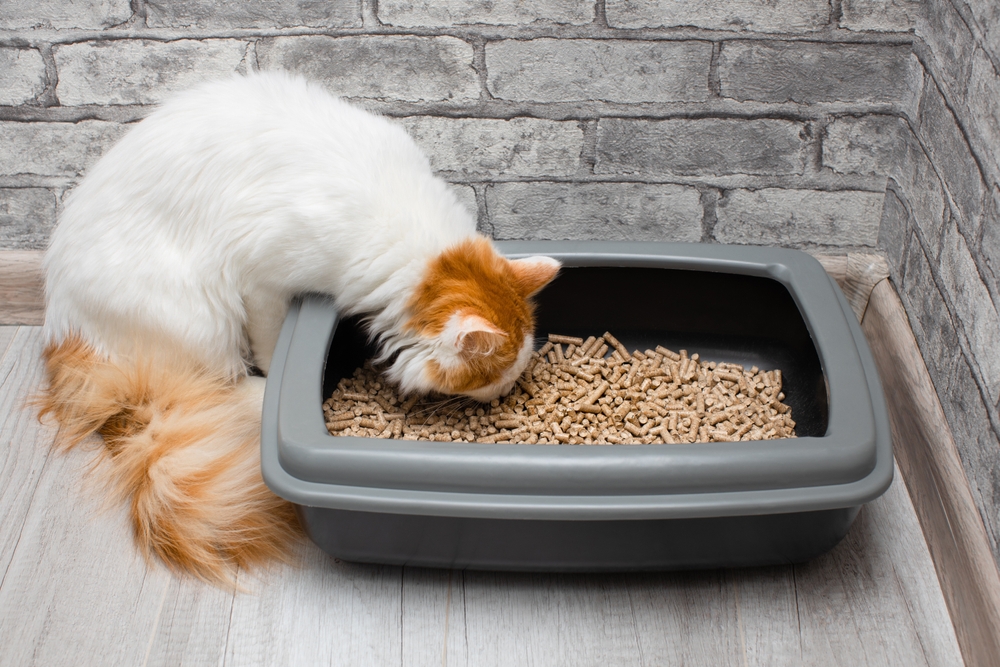
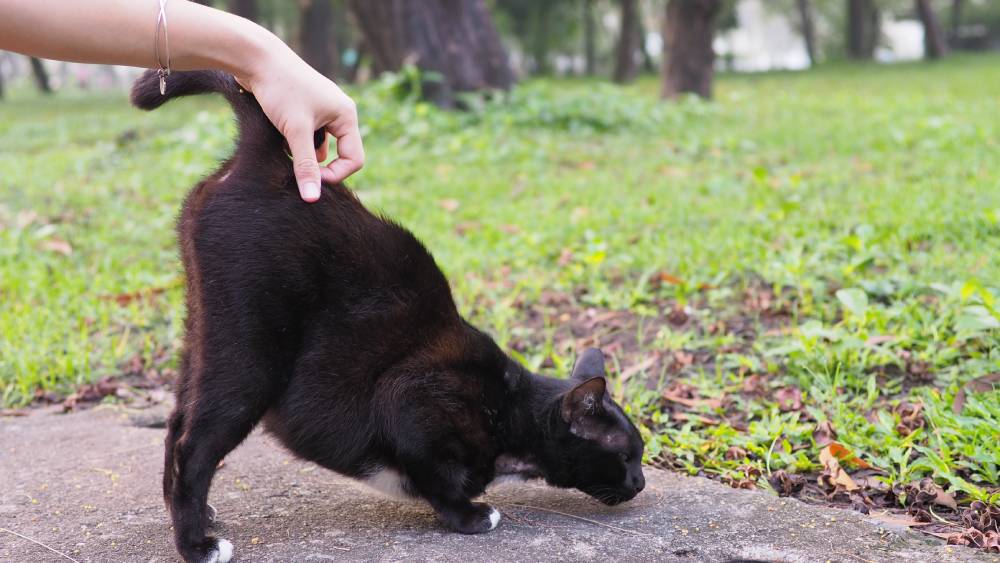


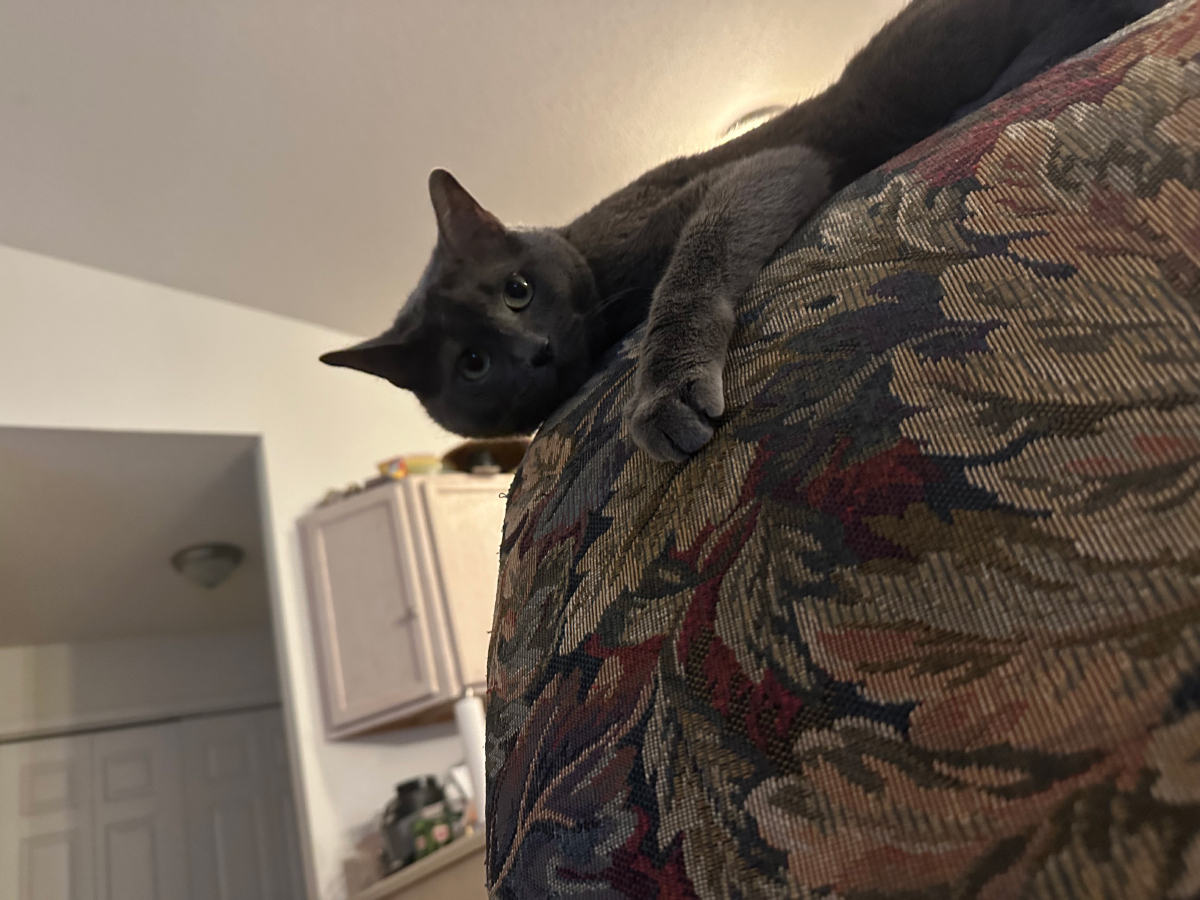
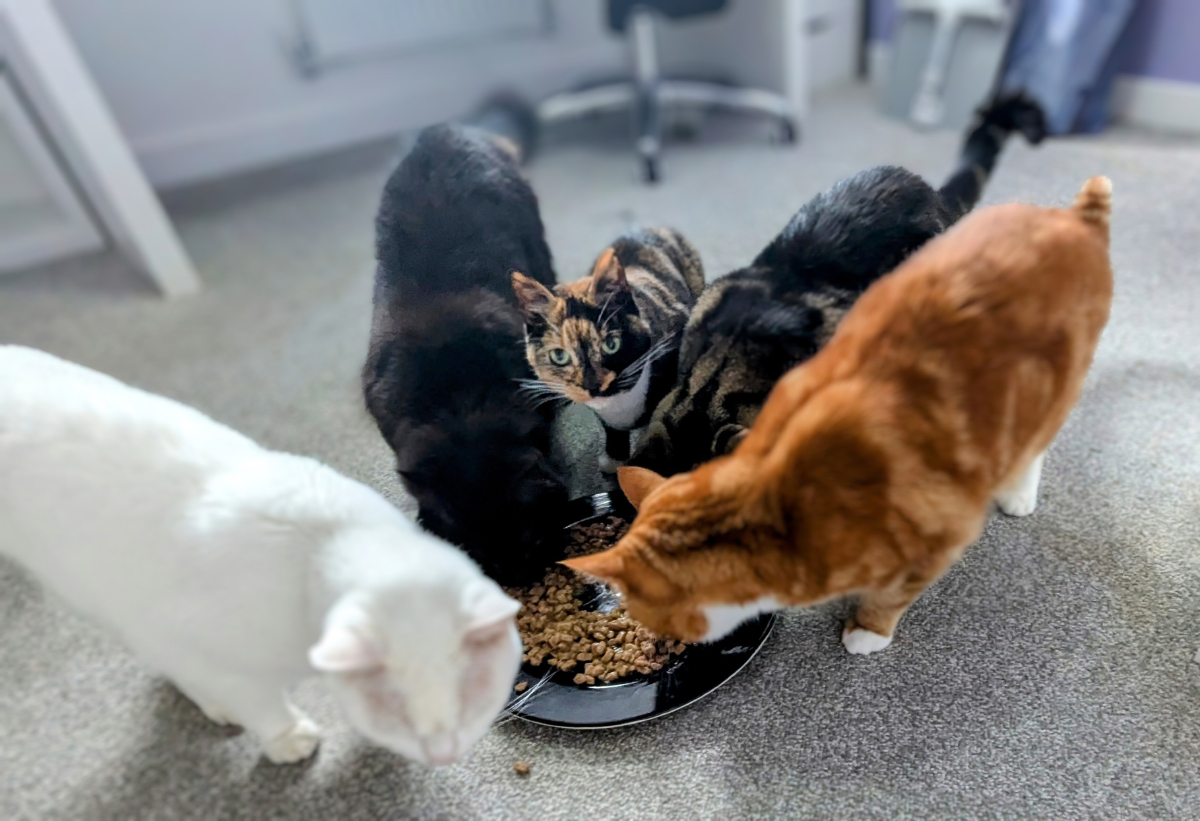
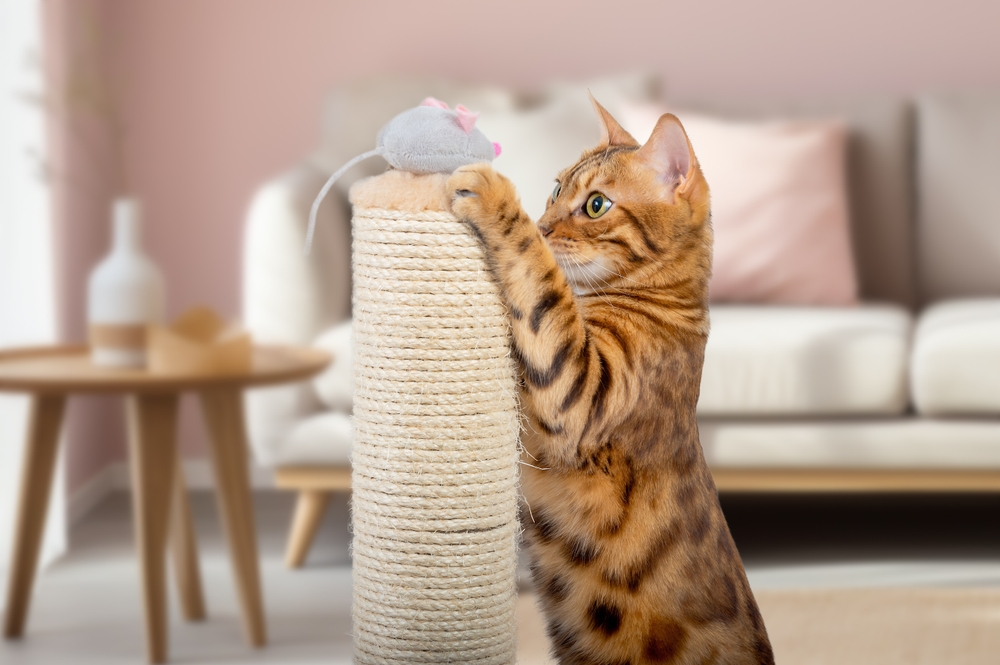

My one cat is a vertical pee-er, the other is not. Apparently according to the breeder, her mother also was. Some just prefer that method. A 3-sided large box didn't work for her. She would just jump in and start peeing. Another cat I had that did it sometimes, always turned around in the box and for 35 years I was able to use that bin for all my cats. But this one just pees and if she was facing with her back side out, I would end up with a puddle on the floor. Bought some larger clear boxes but as she grew and stood on her tip-toes, the box just wasn't tall enough. Ended up buying 3 high sided litter boxes with top entry. Luckily the breeder had boxes with top entries for all her cats so they were used to them. The problem is if one has older cats that can't adjust to high boxes and get a new cat that needs this kind of box, you end up with difficult situation. We are pretty sure this is why the cat I have was returned to the breeder. Spaying her did not change her behavior and it was crazy to think it would. Luckily the other cat I got a month later knew how to use the high-sided boxes.
Hi Mary, thank you very much for reading us. So sorry to hear about your issue with a vertical pee-er. They don’t make it easy. Neutering helps in some but not all cases. But yeah having more than one kind of litter box is necessary when you have more than one cat, the next challenge will be to get your vertical pee-er to only use the top entry litter box if you have another cat who requires a short one. Positive reinforcement when they use their allocated litter box is your best bet. You might find this post helpful: https://www.catster.com/cat-behavior/cat-peeing-in-front-of-the-litter-box/
We wish you good luck!